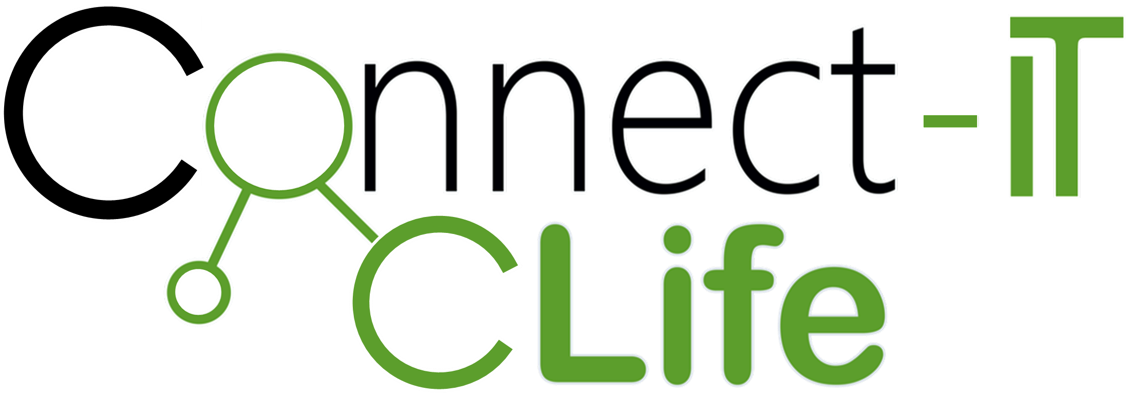
“Nothing is a greater priority than the digital transformation of our business…” This remark comes up frequently in conversations with businesspeople. The causes are obvious: digital technologies are opening up whole new avenues for providing customers with value, changing the nature of the marketplace’s competition, and altering the fundamental economics of markets.
Although technological change is nothing new, it is currently occurring more quickly than ever. Some business leaders claim the threat of disruption as the driving force behind change; this threat is unquestionably present.
However, while new technology may pose a danger to established companies, they can also open up previously unimaginable opportunities. In actuality, a growing percentage of executives are more worried about passing up chances to develop than they are about being driven into oblivion. Digital “FOMO” rather than digital disruption drives organizations to change.
In light of this, it is surprising that most organizations still have a limited perspective on digital transformation. First of all, digital transformation is not a singular process. Business process, business model, domain, and cultural/organizational transformation are the four categories of digital transformation. Corporations that are entirely committed to organizational or process change are common. The value lost by not addressing all four kinds is substantial. Second, due to the multifaceted nature of digital transformation, execution must be a team effort involving not only the Chief Information Officer (CIO) or Chief Digital Officer (CDO), but also Strategy and Business Unit leadership. The CEO should also be a strong advocate for this effort. Third, a misguided belief among too many organizations is that cultural and organizational change must precede digital transformation. While educating the organization to be more creative, adaptable, and digital is crucial, businesses that prioritize business transformation projects tend to succeed more.
New technologies are bringing forth a lot of opportunities, but businesses who don’t understand and drive transformation in a multidimensional approach risk losing out. The four different transformations are described in further detail below:

Process Transformation
Business procedures have been a big area of corporate concern. With the aim of lowering costs, speeding up turnaround times, or improving quality, data, analytics, APIs, machine learning, and other technologies provide organizations useful new ways to reimagine processes across the entire corporation. We observe process change on the factory floor, where organizations like Airbus have implemented heads-up display (HUD) technology to raise the standard of human inspection of aircraft. In the area of customer experience, we also see process reforms. For example, Domino’s Pizza has entirely redesigned the way customers buy pizza and now accepts orders from any device thanks to its AnyWare platform. This invention greatly improved customer convenience, which enabled the business to surpass Pizza Hut in sales. We also observe businesses utilizing robotic process automation technologies to speed up back office operations like accounting and legal, for instance. Process transformation has the potential to add tremendous value, and technology adoption in many areas is quickly becoming standard practice. These transformations are frequently successfully guided by a CIO or CDO since they are focused initiatives around particular business sectors.
Business Model Transformation
Some businesses are working to alter conventional business paradigms using digital technologies. Firm model transformations target the core building blocks of how value is delivered in the industry, whereas process transformations concentrate on discrete aspects of the business. Examples of this type of innovation include the way Netflix reinvented video distribution, the way Apple reinvented music delivery (iTunes), and the way Uber reinvented the taxi business. But other places are also going through similar kind of change. By unbundling insurance contracts and charging customers per mile, insurance companies like Allstate and Metromile are fundamentally altering the vehicle insurance business model. There are also various initiatives underway to completely automate mining operations so that no humans ever go below the surface, even though this is not yet a reality.
These opportunities are often launched as separate projects while the traditional business is still being run because of their complex and strategic character, which calls for engagement and leadership from Strategy and/or Business Units. Businesses that successfully adapt their business models create significant new potential for growth by altering the underlying components of value. More businesses ought to choose this route.


Numerous industrial businesses have transformed their domains, and we have observed this (and assisted it). ThyssenKrupp, a multifaceted industrial engineering company, expanded its product line to add a profitable new digital business to its existing operation. With the help of asset health and predictive maintenance offerings, the company helped clients manage the maintenance of elevators, generating a sizeable new source of revenue outside of its core business. This was done by leveraging its strong industrial market position and Internet of Things (IOT) capabilities. Another illustration is a big equipment manufacturer that is expanding outside its core machine products to offer a digital platform of client-site solutions, including supply chain optimization, job-site activity coordination, remote equipment tracking, and situational awareness. The business is transforming into a provider of digital solutions as well as heavy equipment.
The key takeaway is to understand that new technologies offer opportunities in new domains, and that even established incumbents can seize these chances. Pursuing these opportunities frequently includes Strategy and the CEO because they require redefining business limits.
Domain Transformation
The subject of domain transformation is one where we observe very little focus but huge possibilities. Products and services are being redefined by new technologies, which are also erasing industry borders and giving rise to whole new non-traditional competitors. The very real potential for these new technologies to open up entirely new markets for their firms beyond those that they already serve is something that many executives fail to recognize. And frequently, it is this kind of shift that presents the best chances to add new value.
The online shop Amazon may serve as a good illustration of how domain transformation functions. With the introduction of Amazon Web Services (AWS), the largest cloud computing/infrastructure service currently available, Amazon entered a new market niche that was previously occupied by IT behemoths like Microsoft and IBM. The strong digital capabilities that Amazon had developed in storage and computing databases to support its core retail business, along with an installed base of thousands of relationships with young, growing companies that increasingly needed computing services to grow, were what made Amazon’s entry into this field possible. AWS is a completely distinct firm operating in a fundamentally separate market sector from Amazon rather than merely an adjacency or business expansion. The AWS division now contributes close to 60% of Amazon’s annual revenue.
Executives of non-tech companies may be tempted to think that Amazon’s experience or that of other digitally native businesses (like Apple or Google, which have also entered new markets) is unique because of their potential to acquire and use technology more effectively than other businesses. Technology limitations, however, are no longer a barrier in the digital world of today. Any business may easily and affordably gain access to the latest technology required to fuel growth. Artificial intelligence, machine learning, the internet of things (IOT), augmented reality, etc. are examples of the foundational technologies that are opening up new business domains. These technologies can be sourced from a growing startup ecosystem in addition to more established IT suppliers like Microsoft or IBM, where the most innovation is currently occurring. Businesses who understand how to effectively access and use this innovation, particularly from new sources, are benefiting from fresh growth.
Cultural/Organizational Transformation
Redefining organizational mindsets, procedures, people, and skills for the digital age is necessary for full, long-term digital transformation. Digital necessitates rapid workflows, a preference for testing and learning, decentralized decision-making, and a higher reliance on business ecosystems, as best-in-class firms are aware. Additionally, they actively work to alter their organizations. Experian, a consumer credit agency that underwent one of the most successful digital transformations, transformed its organizational structure by integrating agile development and collaboration into its workflows and by fundamentally shifting employees’ attention from equipment to data across the entire organization. Similar to Pitney Bowes, the 100-year-old manufacturer of postage equipment, Pitney Bowes promoted a “culture of innovation” and changed the business’s principles to emphasize customer-centricity in order to successfully transition into a “technology company,” according to its head of innovation.
However, neither of these businesses initially put much emphasis on structure or culture; being digital is not the same as generating value from it. Instead, on the strength of specific projects to spur development, these businesses drew agility, digital mindsets, and innovation talents into the organization. Experian saw the value of starting an internal API creation effort with a lighthouse digital initiative. Teams were compelled to adopt digital workflow procedures, but in doing so, it showed how powerfully digital may alter long-standing organizational conventions. Similar to this, Pitney Bowes CEO Mark Lautenbach started the company’s transition by putting a strong emphasis on customer-facing solutions and creating a new commerce cloud to enable clients to manage and pay for shipments more effectively.When thinking about how to restructure a business, he advised Fortune to “attempt to realize those cores, those diamonds that you have that you can pivot off of to build that next chapter.” Organizational change, such as agile development and innovation, lagged behind business initiative progress. Although cultural and organizational change is a long-term requirement for success, best in class firms see the development of these competencies as a byproduct of business transformation activities rather than a requirement for them.

Industries will continue to be forced to change as technology advances. Businesses that view and pursue digital transformation from multiple angles will succeed more than those that do not.

